Ancestral documents often mention names of others in addition to the person of interest. Witnesses, notaries, justices of the peace, neighbors, bondsmen, etc. may be named. To fully understand the ancestor as much as possible and to “use” the associates in a sound way, it is important to understand the purpose of the interaction.
Witnesses, notaries, justices of the peace, and clerks often appear on a document due to the place and time in which that document was created. Witnesses may have just been in the same location when the document needed to be signed. The ancestor may have travelled to a notary, justice of the peace or clerk, but the sense of geography still remains the same. These individuals may provide clues to narrow down where the ancestor lived. Bondsmen on documents generally suggest a closer connection–a trusted one–through either biology, marriage, or closer friendship.
Think about how and why the other people are named on the document that contains your ancestor’s name and ask yourself how they came to be listed in that document or to sign it.
Check out Genealogy Tip of the Day book version for other tips and questions you should ask yourself about your research.
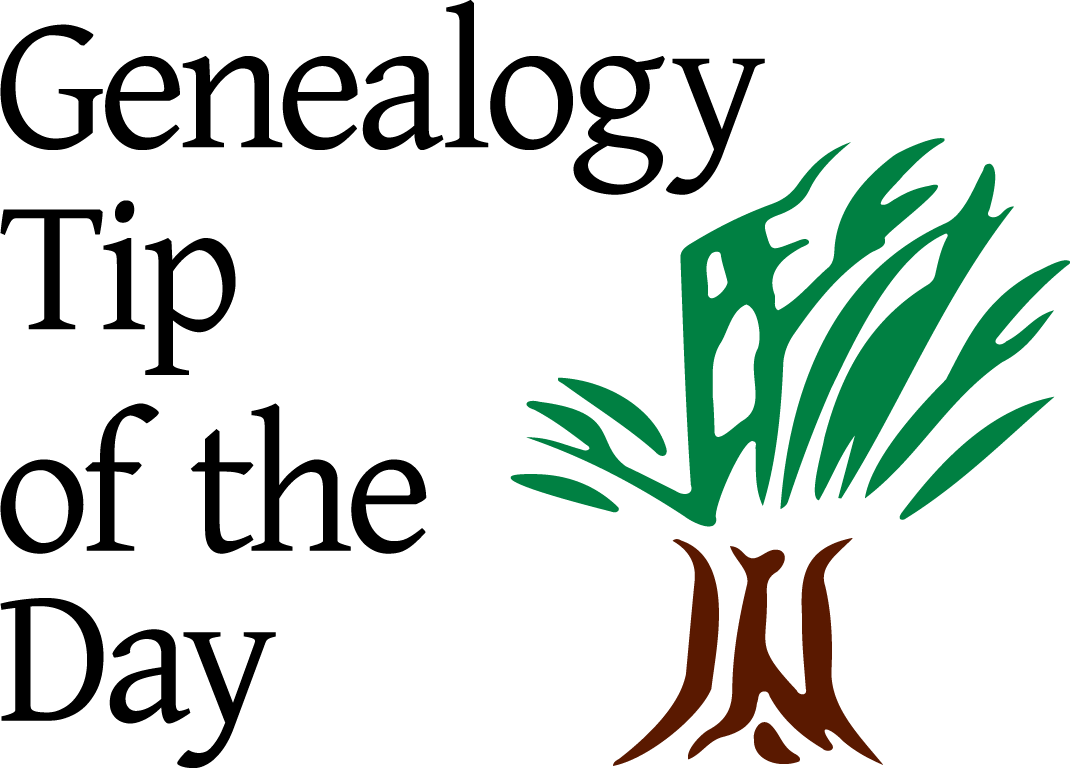
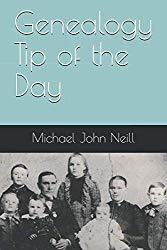
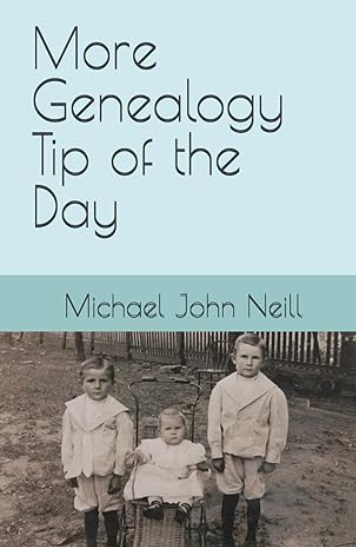

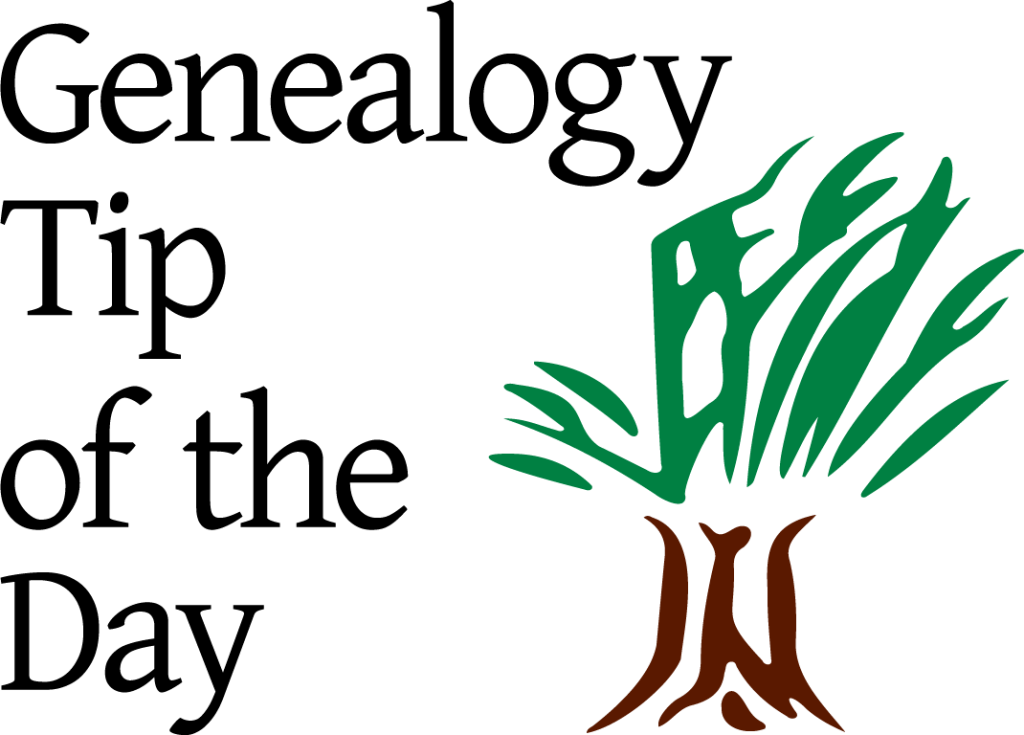
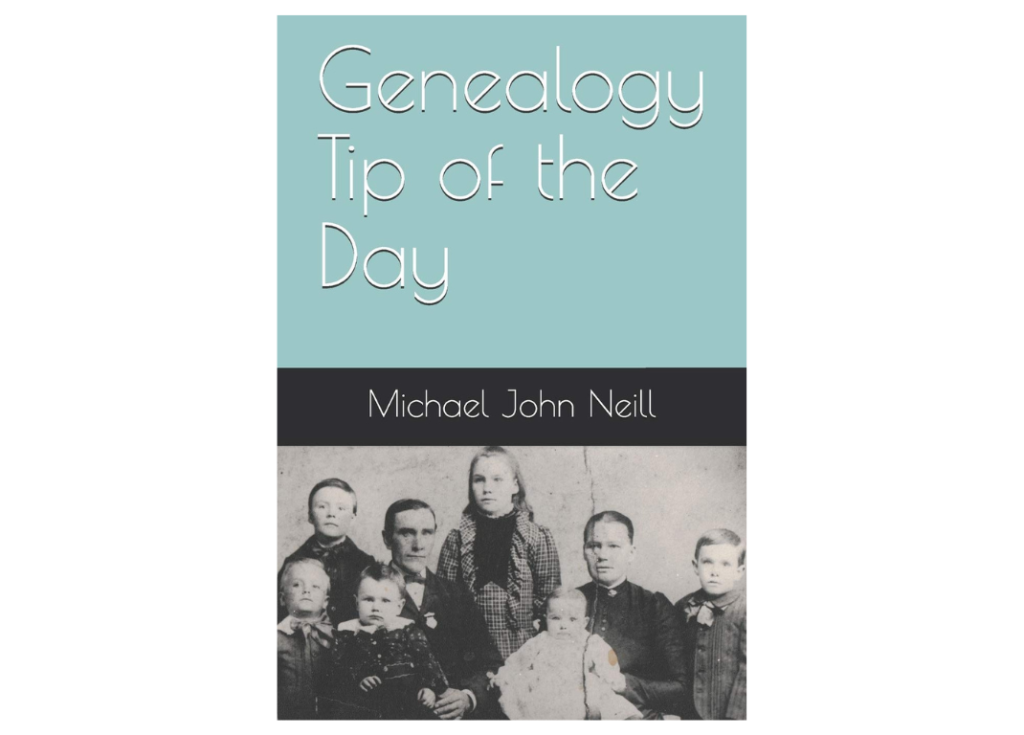
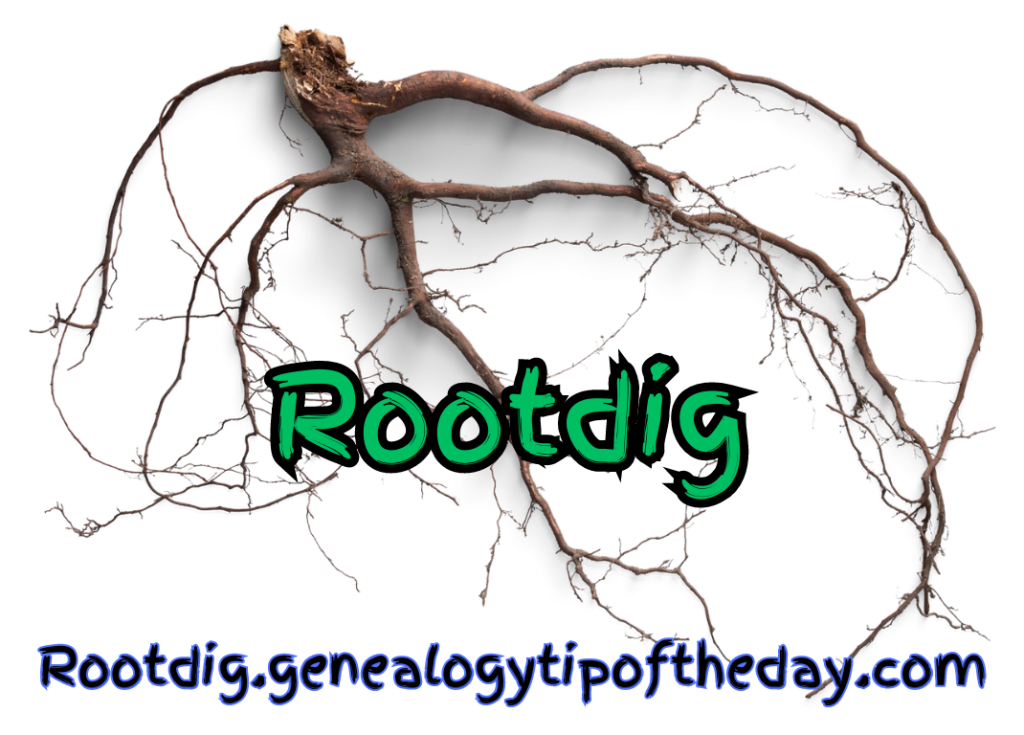

No responses yet